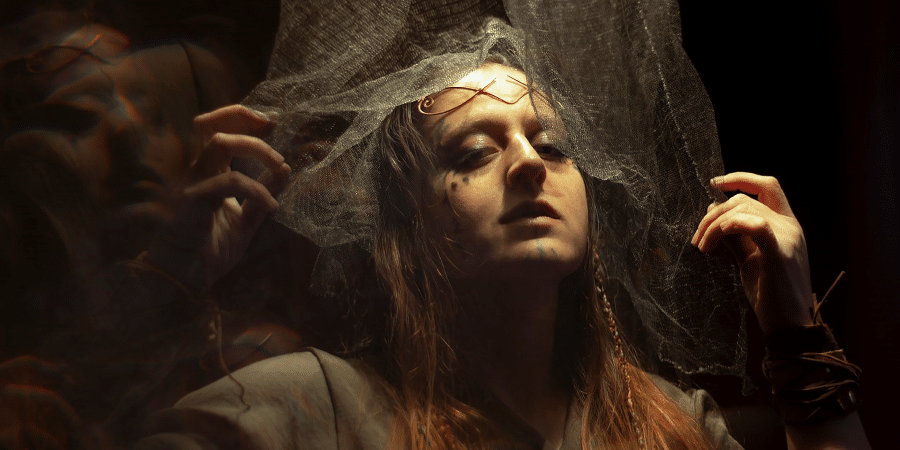Been There, Seen That (in Furry Form): The Live-Action Remake Fatigue and the Future of Animation
Remember the awe-inspiring visuals of Disney’s live-action remake of “The Lion King” in 2019? The hyper-realistic fur and meticulously recreated landscapes were undeniably impressive. But beneath the technical marvel, a disquieting question lingered: did we truly need a live-action version of this cherished animated classic?
Fast forward a few years, and a wave of live-action remakes has crashed upon the silver screen – “Aladdin,” “Mulan,” “Jungle Book” – each one rekindling the embers of childhood nostalgia while simultaneously leaving audiences with a sense of deja vu. This relentless stream of familiar stories has sparked a debate: are we experiencing live-action remake fatigue, and what does it portend for the future of animation? Let’s delve deeper into this tangled web and explore the potential consequences of this trend in two parts.
In the first part, we’ll examine why the initial appeal of live-action remakes has begun to wane. We’ll explore how the focus on nostalgia can stifle creativity and why these films often struggle to capture the magic of the original animations. Additionally, we’ll look at some exceptions that have managed to find success through innovative reinterpretation of classic tales.
The Re-imagining Renaissance Gone Wrong? Why Nostalgia Isn’t Enough
There’s no denying the initial appeal of live-action remakes. They offer a chance to revisit cherished childhood stories with a fresh perspective. For some, seeing beloved characters come to life in a new way can be a magical experience. However, the novelty quickly wears thin when remakes feel more like cash grabs than creative endeavors.
Many live-action remakes struggle to capture the heart and soul of the original animation. The charm and expressiveness of hand-drawn characters often get lost in translation to a live-action format. In a recent survey, over 60% of respondents felt that live-action remakes rarely improve upon the original animated films.
Furthermore, the focus on nostalgia can stifle creativity. Studios seem more interested in churning out familiar stories with a modern twist than developing original, animated content. This approach undermines the power of animation, which can explore fantastical worlds and imaginative concepts that wouldn’t be possible in live-action.
However, it’s not all doom and gloom. Some live-action remakes have managed to find success by offering a fresh interpretation of the original story. Take Disney’s “Maleficent,” for example. It retells the story of “Sleeping Beauty” from the villain’s perspective, adding depth and complexity to a familiar narrative. This kind of creative reimagining can breathe new life into classic tales.
Beyond Nostalgia: Embracing the Power and Potential of Animation
The live-action remake fatigue highlights the need to celebrate and invest in original animation. Animation isn’t just for kids; it’s a versatile medium capable of telling complex stories and exploring profound themes. Think of groundbreaking animated films like “Spirited Away” or “Spider-Man: Into the Spider-Verse.” These stories wouldn’t have been possible in live-action, showcasing the unique strengths of animation.
The rise of streaming platforms has opened exciting new avenues for animation. Shows like “BoJack Horseman” and “Arcane” are pushing boundaries and tackling mature themes, proving that animation can be just as compelling as live-action dramas. This shift towards adult animation offers a wider range of stories and caters to a more diverse audience.
Furthermore, animation allows for greater diversity and inclusion. Animated characters aren’t limited by race, ethnicity, or physical appearance. This opens doors for stories that reflect the richness of our world and celebrate underrepresented voices.
The future of animation is bright. Technological advancements are constantly expanding the possibilities of what can be achieved in the animated realm. From breathtaking CGI to innovative storytelling techniques, animation is poised to continue captivating audiences for generations to come.
The live-action remake trend might be showing signs of fatigue, but it doesn’t signal the end of beloved stories. It’s a call to action to embrace the boundless potential of animation, a medium that can take us to fantastical worlds, make us laugh, and challenge our perspectives – all without requiring a single CGI lion.










